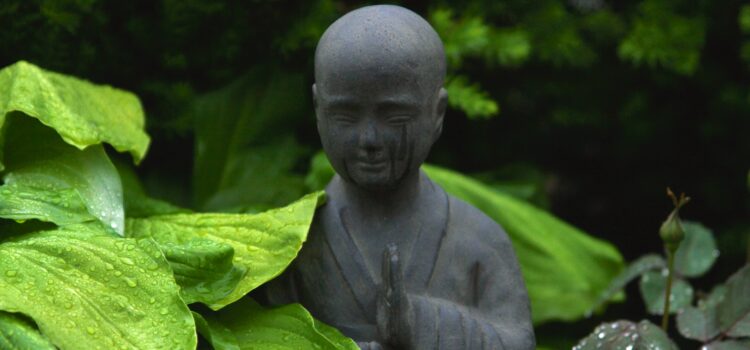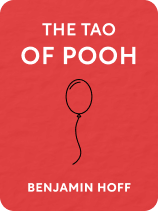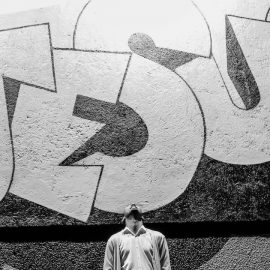

This article is an excerpt from the Shortform book guide to "The Tao of Pooh" by Benjamin Hoff. Shortform has the world's best summaries and analyses of books you should be reading.
Like this article? Sign up for a free trial here .
Who are Chuang-tse and Lao-tse? How did they influence Taoism?
Lao-tse and Chuang-tse are the top two writers on Taoist principles. Lao-tse wrote the oldest book and Chuang-tse illustrates some of the key ideas in his writings.
Read more about the writings of Lao-tse and Chuang-tse.
Writings of Lao-Tse and Chuang-Tse
Lao-tse, the author of the oldest book on Taoism, the Tao Te Ching, shows a happy reaction to the vinegar. For Taoists, there is harmony between heaven and earth at all times that is readily found by anyone at any moment.
Lao-tse sees Confucianism as laws run by men, which disrupts the natural laws of the heavens that mirror back to the earth. The more human interference with the natural state of things, the more distance created between humans and the harmony of the universe. Life becomes sour when you try to manipulate nature and ignore the natural order of life.
Lao-tse sees Buddhism as an unnecessarily negative perspective of the world. Rather than providing traps that lead to pain, the world is full of opportunities for lessons that teach you how to live in harmony. Life becomes bitter when greed and selfishness make humans resentful of each other and the natural offerings around them.
A story from the writings of Chuang-tse, the second major writer on Taoism, exemplifies this principle:
> A man complains that a large gnarled tree on his property is not suitable for lumber or any use because of its shape and thickness. In his eyes, the tree is useless. But Chuang-tse suggests that the tree is only useless to someone who sees it only as a means for wood to be used elsewhere. This person is missing the benefits the tree provides simply by being a large tree. The large size makes the tree useful for shade. The dense branches could provide shelter from a storm. The intricate shape can be gazed upon for its beauty. The tree is only useless if someone wants it to be.
A story from the writings of Chuang-tse provides a description of a Backson:
> A man hated seeing his footprints behind him and his shadow. He thought he could outrun them, so he ran fast. But the footprints and shadow were still there. He reasoned he wasn’t running fast enough and increased his speed. He kept running faster and faster until he finally collapsed from exhaustion and died. If he’d simply stopped moving, there would have been no footprints. If he’d stopped in the shade, there would have been no shadow.
So what drives the Bisy Backson? Likely, they expend this energy in search of a reward. Science, business, and religion all perpetuate the idea of a Big Reward for those who work hard and earn it. People chase the new cure or technology, the fancy penthouse, or the ticket to Heaven. But this lifestyle is never satisfying or successful because the need for more is never satiated.

———End of Preview———
Like what you just read? Read the rest of the world's best book summary and analysis of Benjamin Hoff's "The Tao of Pooh" at Shortform .
Here's what you'll find in our full The Tao of Pooh summary :
- How Winnie-the-Pooh perfectly models the principles of Taoism
- The 6 principles of Taoism reflected in Pooh's adventures
- How to become Winnie-the-Pooh and unlock a magic inside of you






